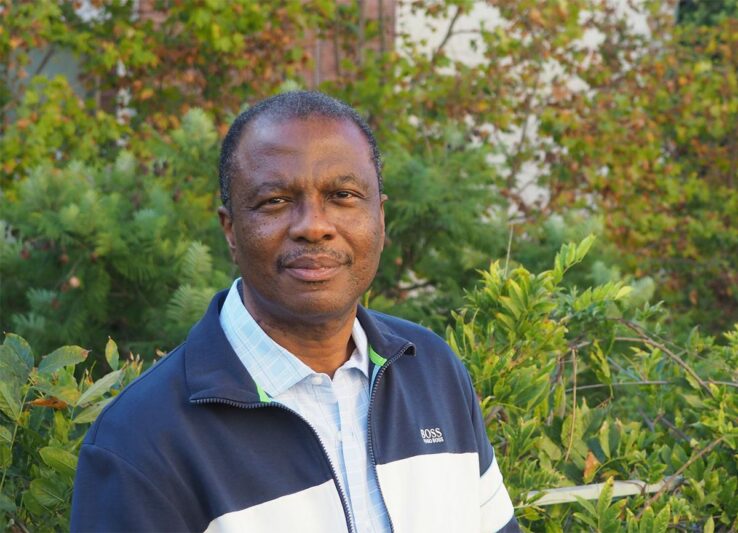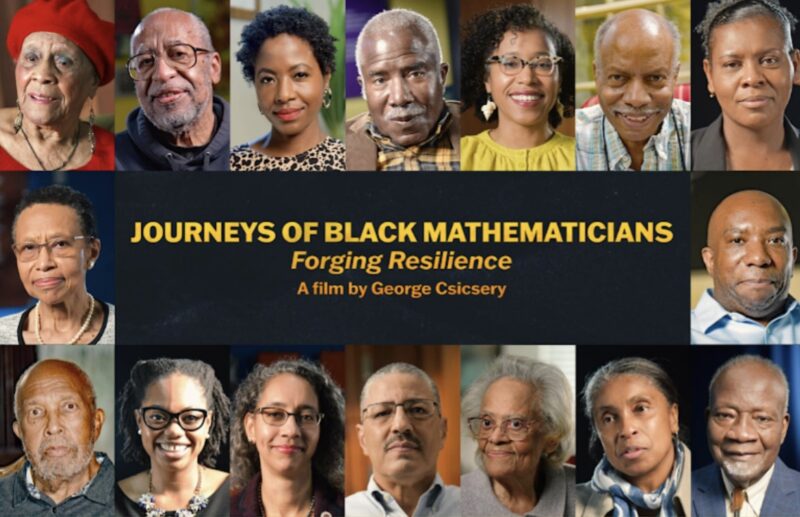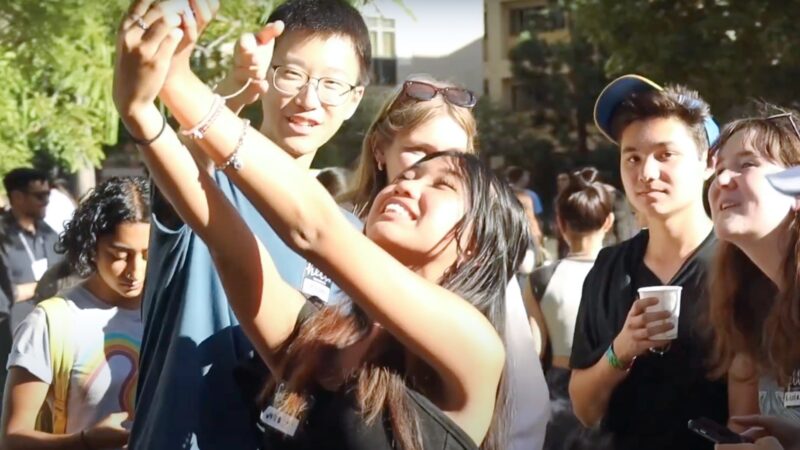
From Africa to the U.S.: Giving back by making math possible
Professor Wilfrid Gangbo finds inspiration in uplifting his fellow Black mathematicians, past and present.


How to Thrive in the Sciences at UCLA and Beyond
De Neve Auditorium & Adjacent Courtyard
We invite you to explore the physical sciences at UCLA and discover for yourself what makes our departments some of the highest-ranked in the world.
Giving to UCLA Physical Sciences
We are the engine for real-world advances in the physical sciences that positively affect our lives in so many ways. Our research at UCLA serves as the basis for discovery and innovation, stimulating our state, national, and global economy in the process. Our world-class reputation for excellence in teaching and research is bolstered by collaboration all across campus among researchers in the life sciences, medicine, and engineering.
Your gift, regardless of its size, will have an impact, so we hope you will consider investing in the faculty, students, and research of the UCLA Physical Sciences.